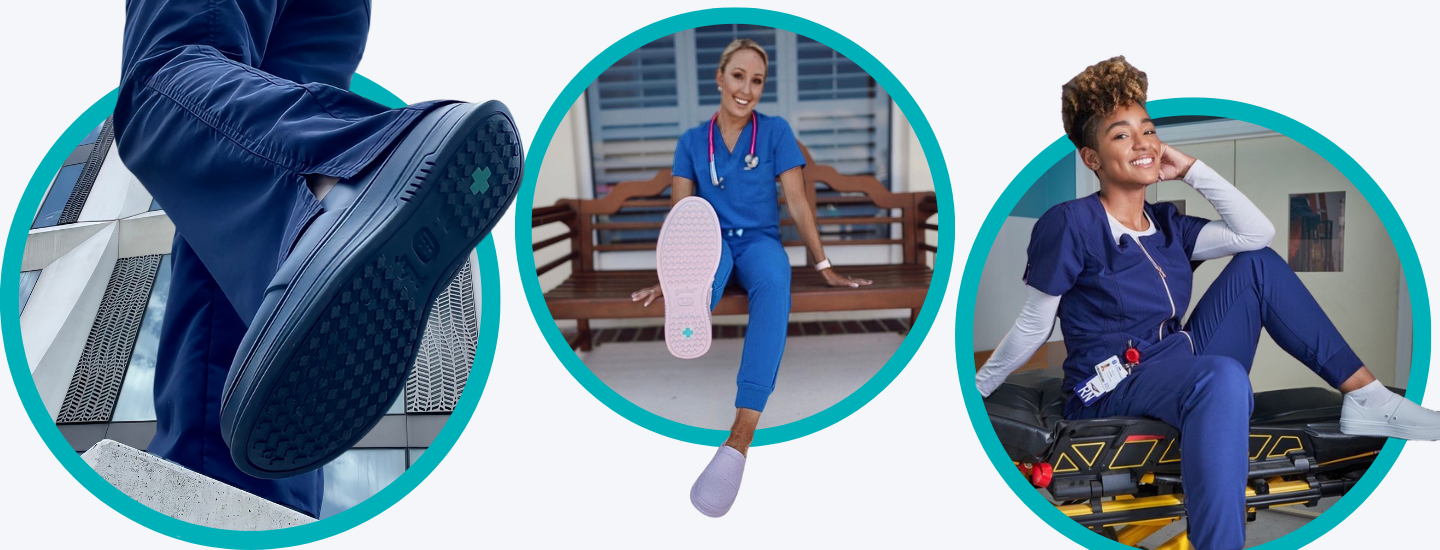
How Footwear Influences Lower Back Pain
We often underestimate the power our feet wield over our overall body health. They are, quite literally, the foundation upon which we stand, walk, run, and dance. But did you know that your footwear choice could be the unsung hero or the silent villain when it comes to lower back pain? Dive into this article to explore the intricate connection between what’s on your feet and how your back feels.
1. The Foundation Principle
Just like a building needs a strong foundation to withstand external pressures, our body relies on our feet for support. When this foundation is misaligned or unsupported, it can lead to a cascade of postural problems, one of the most common being lower back pain.
2. The Arch’s Role
Overview: The arch of the foot, apart from absorbing shocks, ensures proper weight distribution across the feet.
The Connection: When shoes don’t support the arch, or worse, push against its natural curve, it can lead to excessive strain on the lower back. Flattened arches, for instance, can lead to inward rotation of the feet, which, in turn, affects the alignment of knees and hips, eventually reaching the lower back.
3. Heel Height & Back Strain
Overview: High heels or shoes with elevated heels force the feet to stay in a raised position.
The Connection: This position pushes the center of gravity forward, making the wearer push their chest and lower back forward to maintain balance. This unnatural posture can strain the muscles of the lower back and even misalign the spine over time.
4. Cushioning Matters
Overview: Adequate cushioning in shoes can absorb the impact while walking.
The Connection: Hard-soled shoes or those lacking in cushion can cause the shock from each step to travel up the legs and to the lower back. This repeated jarring can exacerbate or even cause back pain.
5. Shoe Life & Wear Patterns
Overview: Over time, shoes wear down, often unevenly based on our unique walking patterns.
The Connection: Worn-out shoes lose their structural integrity and can cause the feet to land unevenly with each step. This asymmetry can twist the lower back slightly with each step, leading to chronic pain.
6. Tight Shoes & Restricted Movement
Overview: Shoes that are too tight, narrow, or don’t fit well restrict the natural movement of feet.
The Connection: Restricting foot movement can lead to a more rigid gait. A stiff walking pattern doesn’t distribute weight evenly, leading to extra strain on the lower back.
While there are numerous factors contributing to lower back pain, footwear stands out as a modifiable one. Investing in well-fitting, supportive, and ergonomically designed shoes can significantly influence back health. Remember, it's not just about the style; it's about stepping into a world where your feet and back harmoniously coexist. Before you take your next step, ask yourself – are your shoes supporting your journey or holding you back?
TAGS:
SHARE:
